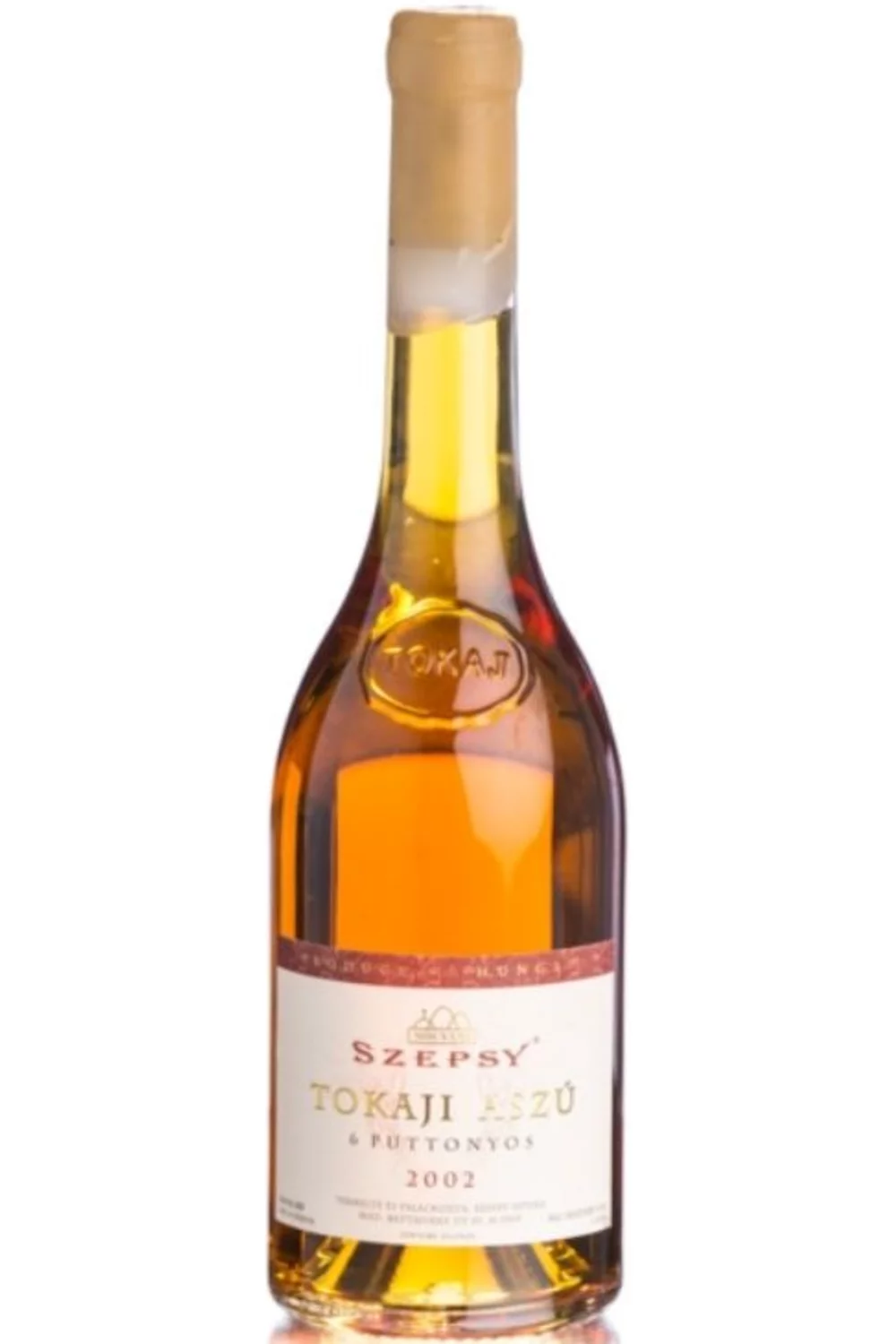Tokaji has long been a family drinking favourite at Nemo but, despite our efforts we have rarely had any really good stock available for sale (perhaps we should drink less of it!).
Hopefully this is now changing with a parcel of aged Tokaji and, we hope, a more regular supply of younger vintages from Tokaji’s premier producer.
István Szepsy probably makes the best wines in Hungary and therefore, dependent on your personal preferences, the best sweet wines in the world (please don’t be offended Sauternes fans, we aren’t writing off Chateau d’Yquem quite yet).
Production is very small, very quality focussed, and very much a family business with several generations of Szepsys involved in the production of the wine.
One thing that you’ll find in all of Istvan Szepsy’s wines is a perfect balance of minerality and acidity; the other, regardless of sugar level, is astounding complexity.
Just in case you’re not an expert in Tokaji terminology, we’ve included a short explainer at the bottom of this post..
The Wines
Estate Furmint
This is the only dry wine on our listing but should not be ignored. Furmint, in capable hands, can challenge Riesling and Chardonnay, and Istvan Szepsy’s hands are capable: this has complexity, balance, and backbone and, whilst it is a wonderful wine right now, we expect that it will last considerably longer than many Furmints and still be drinkable, but different, in 10 years time.
2017 @ £35 per 75cl bottle
Szamorodni Daniel
This is a single vineyard Szamorodni wine, not as sweet as the Aszu and therefore a little more approachable if you’re unused to extremely sweet wines, but with similar complexity. There is a very acceptable bitterness here that would be fine with a fruit-based dessert or a washed rind cheese but which might overwhelm your foie gras. Probably a good 20 years more ageing capability here too.
2003 @ £98 per 50cl bottle
Aszu 6 puttonyos
The blend is 65% Furmint, 20% Hárslevelű and 15% Sárgamuskotály (say that once you’ve drunk it). These wines are stunning, have a marmalade sweetness with notable but balanced acidity, and must be considered amongst the ranks of Bordeaux first growths and the best grand cru Burgundies as some of the world’s greatest wines. At these price levels, therefore, they are a bargain. The 2002 vintage received the extremely rare accolade of a 20/20 from Mrs Robinson.
1997 @ £140 per 50 cl bottle
1998 @ £140 per 50 cl bottle
2000 @ £160 per 50 cl bottle
2002 @ £150 per 50 cl bottle
As promised in last week’s newsletter, all these wines are available by the bottle so if you’d like us to make up a little mixed case for you, we’d be happy to do that.
A little introduction to Tokaji terminology.
Firstly, the grapes
Furmint
The backbone of Tokaji is the wonderful, but very regional, Furmint grape. When dry, it can produce beautiful, delicate wines with citrus, apple, and a light spicy smokiness that works wonderfully with Hungary’s river fish dishes (we also like it with mussels and clams). When sweet, it has marvellous complexity and length
Hárslevelű
Whilst not commonly vinified alone, Hárslevelű is the second grape of the region and often helps to balance out the acidity of Furmint in sweeter wines and adds a certain floral complexity.
Sárgamuskotály
A Hungarian synonym for Yellow Muscat which is more commonly found in Trentino, producing off dry and vin jaune style wines. It adds a little softness and baked fruit flavours.
Secondly, the styles
Aszu
Aszu grapes are indivudually hand-picked botrytised grapes, harvested in a similar way to the trie process in Sauternes. Aszu wines are consequently considerably more expensive to produce
Szamorodni
Unlike Aszu, Szamorodni are picked as whole bunches, at least partially made up of botrytised grapes. The end result, therefore, is a slightly more approachable wine, with perhaps a little less complexity.
Eszencia
Eszencia is the fermented (to only a maximum of about 5% alcohol) natural run off from the Aszu grape must. It is expensive, rare, barely wine at all, usually drunk in spoons, rather than glasses, and was once entirely reserved for royalty. If you haven’t tried it, you probably should, if only once.
And finally, it is worth understanding ‘puttonyos’
Puttonyos are the measures of the Hungarian residual sugar concentration scale, and are similar to the German Oechsle scale, which we’ve included in the definitions below in case you’re more used to the German classifications.
3 Puttonyos – 60 g/litre + (Similar to German Kabinett or Spatlese wines)
4 Puttonyos – 90 g/litre + (Simiar to Auslese)
5 Puttonyos – 120 g/litre + (Similar to Beerenauslese)
6 Puttonyos – 150 g/litre + (Similar to Trockenbeerenauslese)
Eszencia – 450 g/litre + (Totally off the Oechsle scale…)

